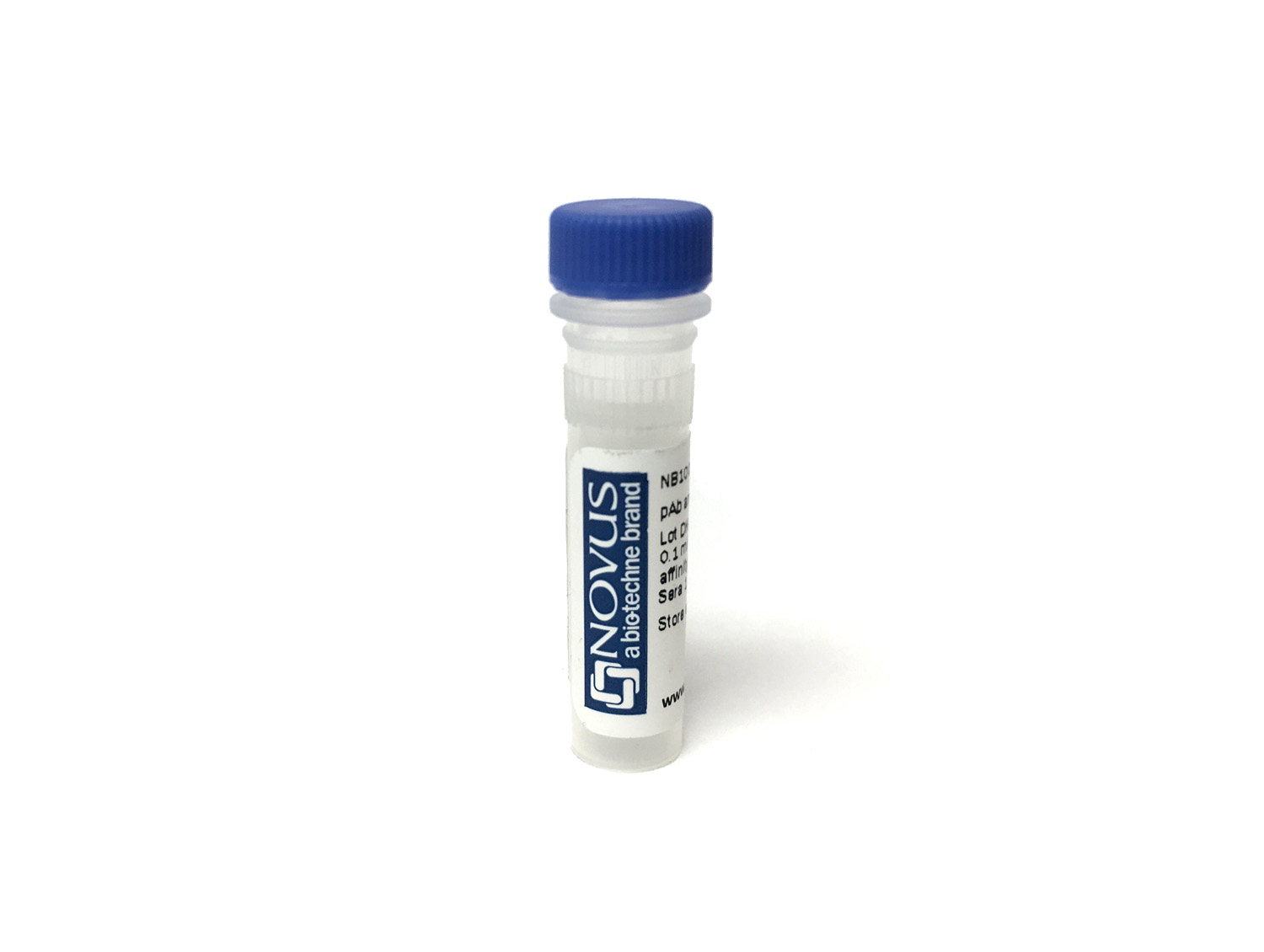Methyl-Lysine Antibody [Janelia Fluor® 669]
Novus Biologicals, part of Bio-Techne | Catalog # NBP3-35817JF669


Conjugate
Catalog #
Forumulation
Catalog #
Key Product Details
Species Reactivity
Human, Mouse, Rat
Applications
ELISA, Western Blot
Label
Janelia Fluor 669
Antibody Source
Polyclonal Rabbit IgG
Concentration
Please see the vial label for concentration. If unlisted please contact technical services.
Product Specifications
Immunogen
A synthetic peptide corresponding to a sequence containing monomethylated K.
Clonality
Polyclonal
Host
Rabbit
Isotype
IgG
Applications for Methyl-Lysine Antibody [Janelia Fluor® 669]
Application
Recommended Usage
ELISA
Optimal dilutions of this antibody should be experimentally determined.
Western Blot
Optimal dilutions of this antibody should be experimentally determined.
Application Notes
Optimal dilution of this antibody should be experimentally determined.
Formulation, Preparation, and Storage
Purification
Affinity purified
Formulation
50mM Sodium Borate
Preservative
0.05% Sodium Azide
Concentration
Please see the vial label for concentration. If unlisted please contact technical services.
Shipping
The product is shipped with polar packs. Upon receipt, store it immediately at the temperature recommended below.
Stability & Storage
Store at 4C in the dark.
Background: Methyl-Lysine
Alternate Names
Dimethylysine, Methyl lysine, methyllysine, monomethyl lysine, N epsilon dimethyl lysine, N epsilon mono methyllysine, N epsilon trimethyl lysine, N(epsilon) trimethyl lysine, Trimethyl lysine
Additional Methyl-Lysine Products
Product Documents for Methyl-Lysine Antibody [Janelia Fluor® 669]
Product Specific Notices for Methyl-Lysine Antibody [Janelia Fluor® 669]
Sold under license from the Howard Hughes Medical Institute, Janelia Research Campus.
This product is for research use only and is not approved for use in humans or in clinical diagnosis. Primary Antibodies are guaranteed for 1 year from date of receipt.
